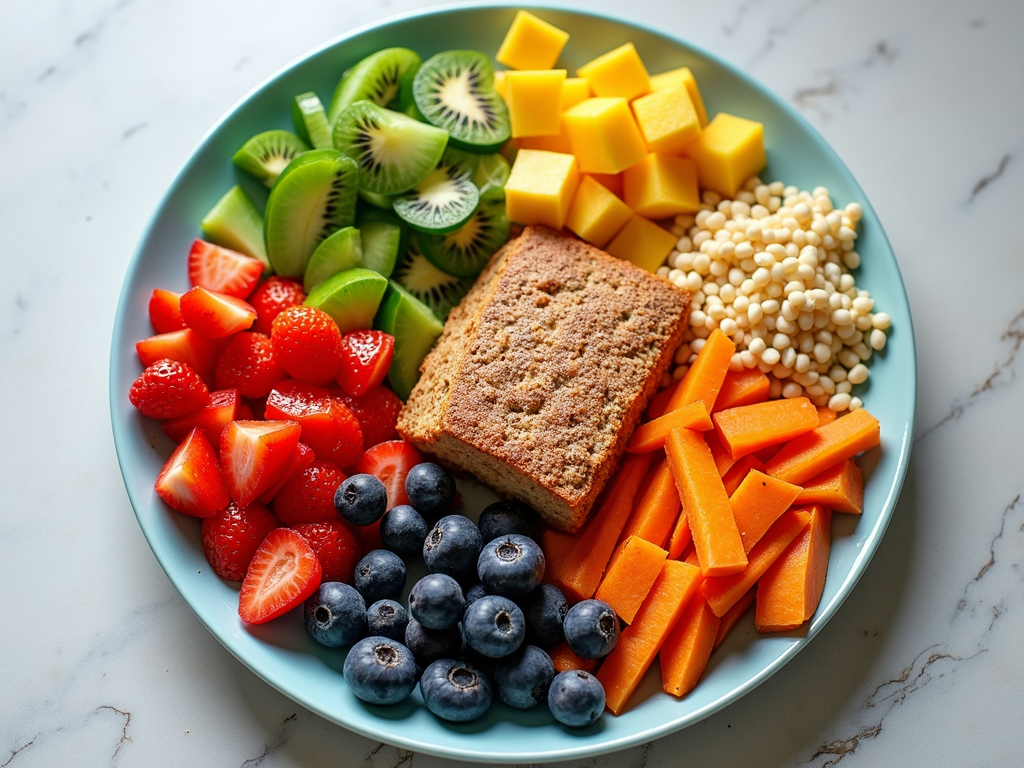Nutrition is the cornerstone of wellness. By understanding how to eat for health and vitality, you can transform your life. This article explores the basics of nutrition, wellness programs, and the importance of an active lifestyle and stress reduction.
Introduction to Nutrition and Wellness
What is nutrition? Simply put, it’s how our bodies use food for growth, repair, and energy. But it’s more than that—it’s the key to feeling good every day. Good nutrition fights off illness, lifts your energy, and makes life better.
Wellness is about more than just physical health. It includes your mind and emotions too. Nutrition ties it all together by giving your body what it needs to thrive.
Eating well connects directly to health and vitality. A smart diet helps you stay at a healthy weight, lowers disease risk, and sharpens your mind. It’s not about eating less—it’s about eating right.
Understanding Macronutrients
Macronutrients are the big players your body needs: carbs, proteins, and fats.
-
Carbohydrates: Your main fuel. Simple carbs are sugars, while complex ones—like whole grains, fruits, and veggies—keep you going longer.
-
Proteins: These build and fix your muscles and tissues. Find them in lean meats, fish, eggs, beans, and lentils.
-
Fats: Don’t fear them! Fats give energy and help your cells grow. Go for healthy ones like avocados, nuts, and olive oil, not the unhealthy trans fats.
Mix these up right. Picture your plate: half veggies and fruits, a quarter whole grains, and a quarter protein, with healthy fats sprinkled in.

Micronutrients: Vitamins and Minerals
Macronutrients give you energy, but micronutrients keep everything running smoothly. Vitamins and minerals boost immunity, strengthen bones, and more.
-
Vitamins: Think vitamin A for eyesight, K for blood clotting, and C for fighting off damage. Colorful fruits and veggies are packed with them.
-
Minerals: Calcium builds bones, iron carries oxygen, and magnesium keeps muscles happy. Get them from dairy, greens, and nuts.
Eat a variety of foods to get enough. Different colors mean different nutrients—simple as that.
Want to dig deeper? Learn more about essential vitamins from the National Institutes of Health.
Hydration: The Forgotten Nutrient
Water doesn’t get enough credit, but you can’t live without it. It helps digestion, keeps your temperature steady, and moves nutrients around.
How much should you drink? Eight glasses a day works for most, but it depends on how active you are or where you live. Thirst tells you when to sip.
Try these: - Keep a water bottle handy. - Add fruit slices for taste. - Munch on watery foods like cucumbers or melon.

Eating for Energy and Vitality
Tired all the time? Your plate might need a tweak. Some foods power you up:
- Complex carbs (oats, quinoa) give steady energy.
- Proteins (chicken, tofu) keep you strong and full.
- Healthy fats (nuts, seeds) fuel your brain.
When you eat matters too. Small meals every few hours beat big ones that drag you down. Skip the heavy stuff to stay sharp.
Nutrition and Stress Reduction
Your diet can mess with your stress—or calm it. Too much sugar or caffeine ramps up tension, but the right foods ease it.
-
Stress fighters: Dark chocolate, berries, and nuts have stuff like magnesium to chill you out.
-
Mindful eating: Slow down, focus on your food, and enjoy it. No phone, no rush—just you and your meal.
These habits can turn a rough day around.

Active Lifestyle: Integrating Physical Activity
Good food pairs perfectly with moving your body. An active lifestyle does wonders:
- Stronger heart
- Happier mood
- Easier weight control
Pick from lots of physical activity programs: - Aerobic (running, swimming) - Strength (weights, bands) - Flexibility (yoga, stretches)
Start easy—30 minutes most days. Love what you do, and you’ll stick with it.
See the World Health Organization’s physical activity tips for more.

Wellness Programs for Beginners
New to this? Wellness programs guide you to better health with nutrition, exercise, and stress tips.
How to pick one: - Know your goal—less stress or more energy? - Check if it’s legit—read reviews. - Make sure it fits your life.
Succeed with these: - Set small goals. - Track what you do. - Get a buddy or coach.
Understanding wellness programs for beginners is your first step to feeling great.

Personal Insights and Experiences
I used to drag through my days—tired, stressed, and out of steam. Then I started eating better: more veggies, lean meats, and water instead of soda. I added walks too. Soon, I felt lighter, happier, and ready for anything.
Here’s my trick: prep meals on Sundays. A few hours of chopping and cooking mean I’ve got good food all week. It’s a game-changer.
Summary
Nutrition powers wellness. Eat balanced meals, drink water, cut stress, and move more to feel alive. It’s simple: start small, keep going, and enjoy the ride to better health.
Discuss Here